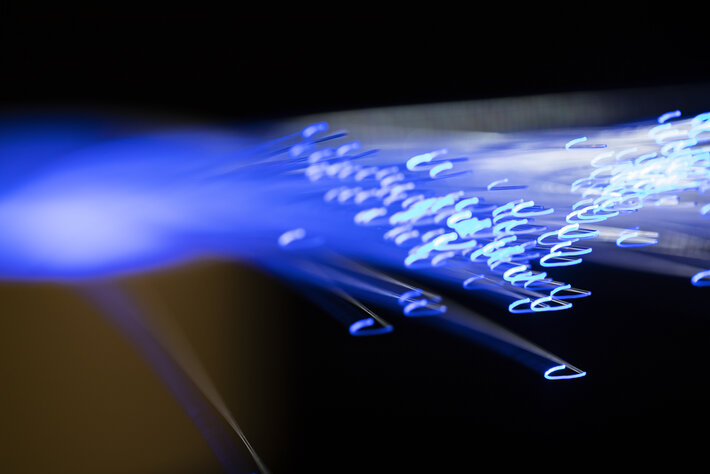The Internet of Things (IoT) will play a pivotal role in enabling the transport and logistics sector to reduce its carbon footprint and minimise any negative impact on the environment. This is according to research from Inmarsat, a provider of global mobile satellite communications, which found that 95% of companies in the sector are actively implementing IoT technologies to improve their environmental sustainability.
The research conducted by Vanson Bourne for ‘The Future of IoT in Enterprise’ report collected responses from 100 large global transportation companies and found that 44% of companies are prioritising environmental monitoring as a key area for IoT deployment. Moreover, 15% stated that they had increased their environmental sustainability as a direct result of their IoT deployments, and a further 65% expected to do so in future, highlighting the effectiveness of the technology in this area.

Mike Holdsworth, director of Transport at Inmarsat Enterprise, explained the importance of adopting IoT solutions in enabling the transport and logistics sector to reduce its carbon footprint: “The International Transport Forum estimates that heightening travel demands could see global CO2 emissions from transport increase by 60% by 2050, a figure that is based on the assumption of significant progress with the adoption of greener technologies.
Without such progress, that figure is expected to be considerably higher. The transport industry needs to get smarter if the sector is to successfully accommodate these changes and limit its impact on the environment, and it is clear that many are putting their hopes in IoT to help them achieve that.
“IoT could have an immediate and considerable impact on the emissions of logistics companies today. For example, CO2 emissions can be exacerbated by faulty equipment, engine damage and poor route planning but IoT can address these issues by utilising smart telematics devices, diagnostic sensors and accelerometres to gather engine status data and automatically notify fleet managers with instant alerts of damage or faults.
 This information can be used to limit engine wear-and-tear and increase average miles-per-gallon (MPG), indirectly reducing overall emissions and minimising wastage by extending the lifespan of each vehicle.”
This information can be used to limit engine wear-and-tear and increase average miles-per-gallon (MPG), indirectly reducing overall emissions and minimising wastage by extending the lifespan of each vehicle.”
Holdsworth continued: “There are multiple opportunities for businesses from collecting, storing and analysing real-time data from crowdsourcing or sensors located in vehicles and machinery across their supply chain and it will be invaluable for those who hope to reduce their carbon footprint.
However, making informed decisions in real-time depends on having data available at all times, but to achieve that you need continuous and reliable connectivity, and it is impossible to achieve that without mobile satellite communications.
“By utilising the IoT over a satellite connection and making immediate strategic adjustments, transport organisations will have a distinct advantage over their competition in achieving environmental sustainability,” he concluded.
Inmarsat’s L-band services offer a global satellite network that can provide critical connectivity for reliable end-to-end communications with up to 99.9% uptime, even in isolated or remote environments with minimal or no mobile coverage.
Comment on this article below or via Twitter: @IoTNow_OR @jcIoTnow










